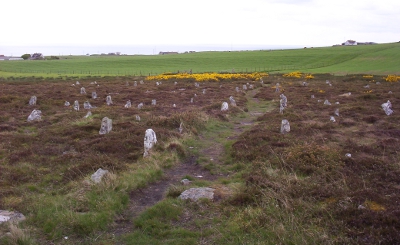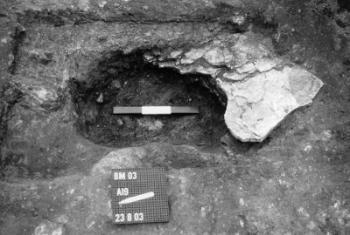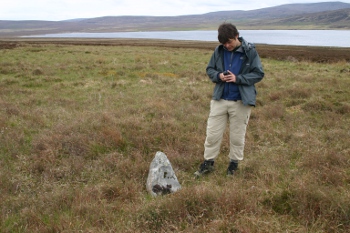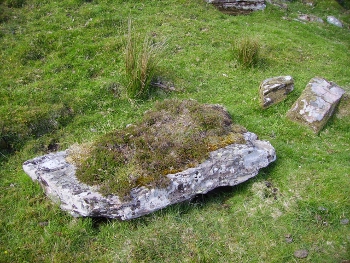Megalithic Overkill: Multiple Stone Rows
Dr K Brophy, Alexander Carnes (PhD student)
Stone rows are amongst the least understood monuments of British prehistory, although hundreds of stone rows have been recorded in Britain, Ireland and Brittany. Until recently, the primary means by which archaeologists have engaged with stone rows is through survey work. Therefore, the date and function of these enigmatic monuments remains unclear. Within this huge number of stone rows, one type of monument has suffered very badly from neglect by archaeologists: the multiple stone rows. These monuments are rare, confined to the coastal fringes of Britain in southwest England, northern mainland Scotland and a few sites in north Wales. Consisting of scores, sometimes hundreds of small standing stones set in four or more rows, we have no direct dating evidence for these enigmatic monuments. Most are associated with Bronze Age sites and monuments such as cairns, cists, field banks, clearance cairns and hut-circles. By far the largest concentration of these sites is in northern Scotland, the focus of current research.
Multiple stone rows in northern Scotland



As well as this work, site visits and new surveys were carried out, and a comprehensive site list was compiled. Much of the fieldwork was explicitly phenomenological, while aspects of landscape setting, and the materiality of the rows, were considered. Attempts have also been made to discover the sources of the standing stones themselves. Although the project was unable to demonstrate the exact date of the Battle Moss rows, we have been able to argue that these monuments were significant and evolving communal memorials in the Bronze Age, very much fitted in the distinctive landscapes within which they sit. The discovery of the multi-phase Battle Moss cairn, with a fine pottery assemblage, has added another dimension to our understanding of the rows, and the Bronze Age of Caithness.

The transmission of an idea: multiple stone rows beyond Scotland
It is one of the great mysteries of multiple stone rows that such sites, which are so remarkably similar, occur in such isolated and distant locations within Britain – indeed it would have been almost impossible to find two locations within the mainland that are further apart than Dartmoor and Caithness. Yet the multiples in these locations (largely in the form of triple rows in SW England) have many similarities in terms of form, landscape location and Bronze Age associations. The next phase of research into multiple stone rows will be to consider some very simple questions that may have complex, and important, answers:
• Why do such similar monuments occur within this peculiar distribution?
• Are the MSRs in northern Scotland and SW England contemporary?
• Is this a product of diffusion, coincidence or the transmission of an idea?
• Can we explain the origins of these monument styles in different ways?
• Can monument styles evolve, and if so, what from, and how?
• How are monument styles transmitted? As ideas, or through the movement of people?
Some of these questions are the subject of current PhD research by Alex Carnes in Glasgow, and form the basis of a developing research project.

